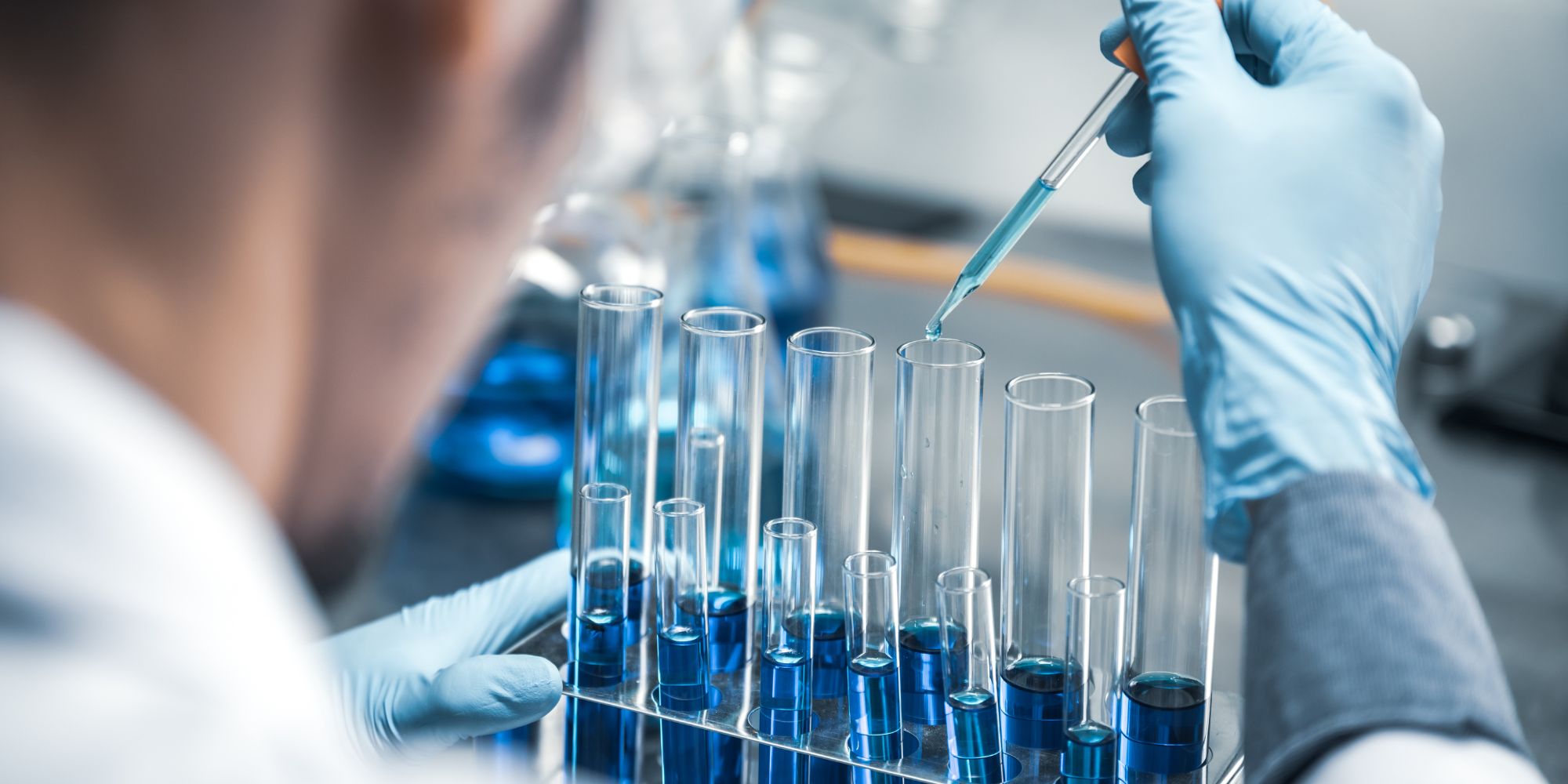Before the COVID-19 pandemic, no vaccine had ever been developed in under four years – so hoping for one by the summer of 2021 seemed absurdly optimistic. But at the start of December 2020, a vaccine made by Pfizer with German biotech firm BioNTech became the first fully-tested immunization to be approved for emergency use.
The world was able to develop COVID-19 vaccines so quickly because of years of previous research on related viruses, faster methods of manufacturing vaccines, enormous sums of funding that allowed firms to run multiple trials in parallel, and regulators cutting red tape wherever possible.
The experiences of the past year have challenged our whole paradigm of what is possible in vaccine development. New ways of making vaccines have been validated by the COVID-19 response, which has also shown that the development process can be accelerated substantially without compromising on safety.
All this has exciting implications for the future, especially since the factors mentioned above can and likely will translate to other vaccine efforts. To learn more, download our article, “COVID-19 Rapid Vaccine Development – Leveraging the Lessons Learned.”
One of the greatest draws of freelancing is the freedom and flexibility that it offers. However, maintaining work-life balance as a freelancer comes with its own set of challenges. For independent contractors, the line between the personal and the professional is never 100% clear. Everyone’s heard about the supposed benefits of freelancing (no commuting, you […]

International sporting events bring millions of people together from all over the world, making sport perhaps the closest thing we have to a universal language. Behind the scenes at most of them are the unsung heroes of the sporting world – the translators and interpreters that help athletes and spectators get the most out of […]








